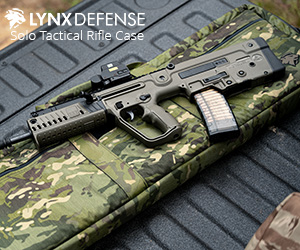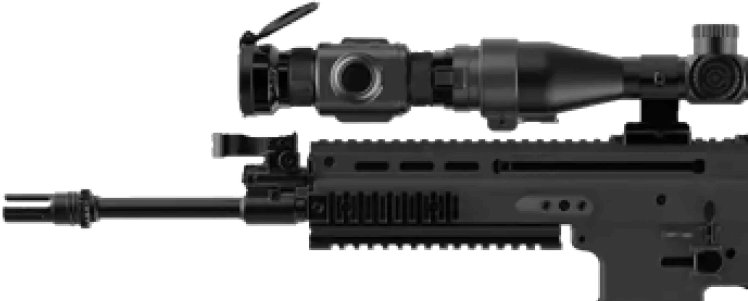Jarhead0093
Member
Hey everyone. I’d like to get into hog hunting at night and I already have an AR-10 setup that I like and it has a PA GLX 1-8x24 LPVO on it.
I’d prefer to add a clip on rather than replace the scope so I can remove it easily for day time use. Does anyone have some suggestions in different price ranges?
Thanks in advance.
I’d prefer to add a clip on rather than replace the scope so I can remove it easily for day time use. Does anyone have some suggestions in different price ranges?
Thanks in advance.








